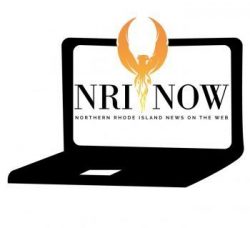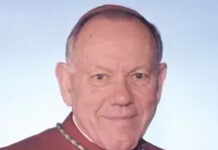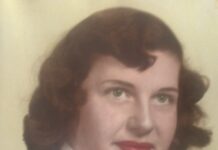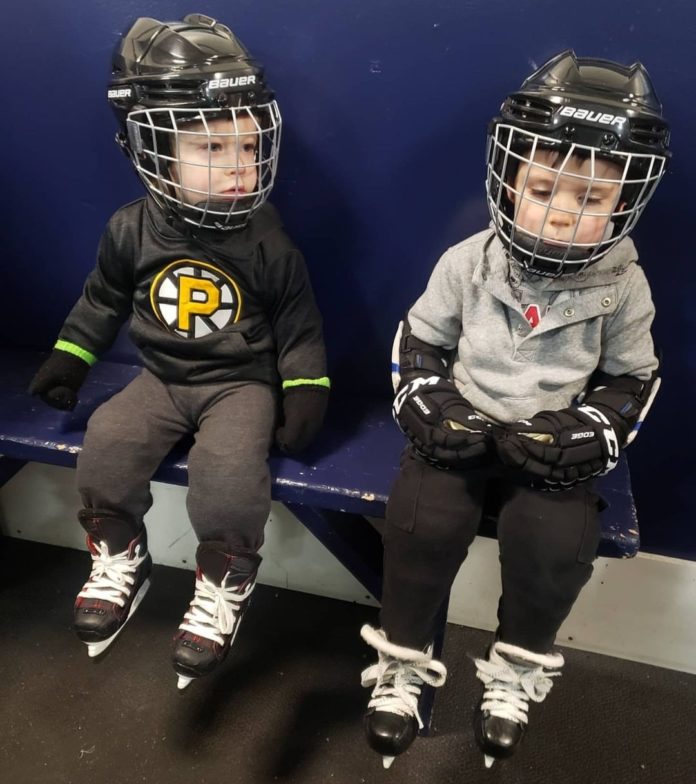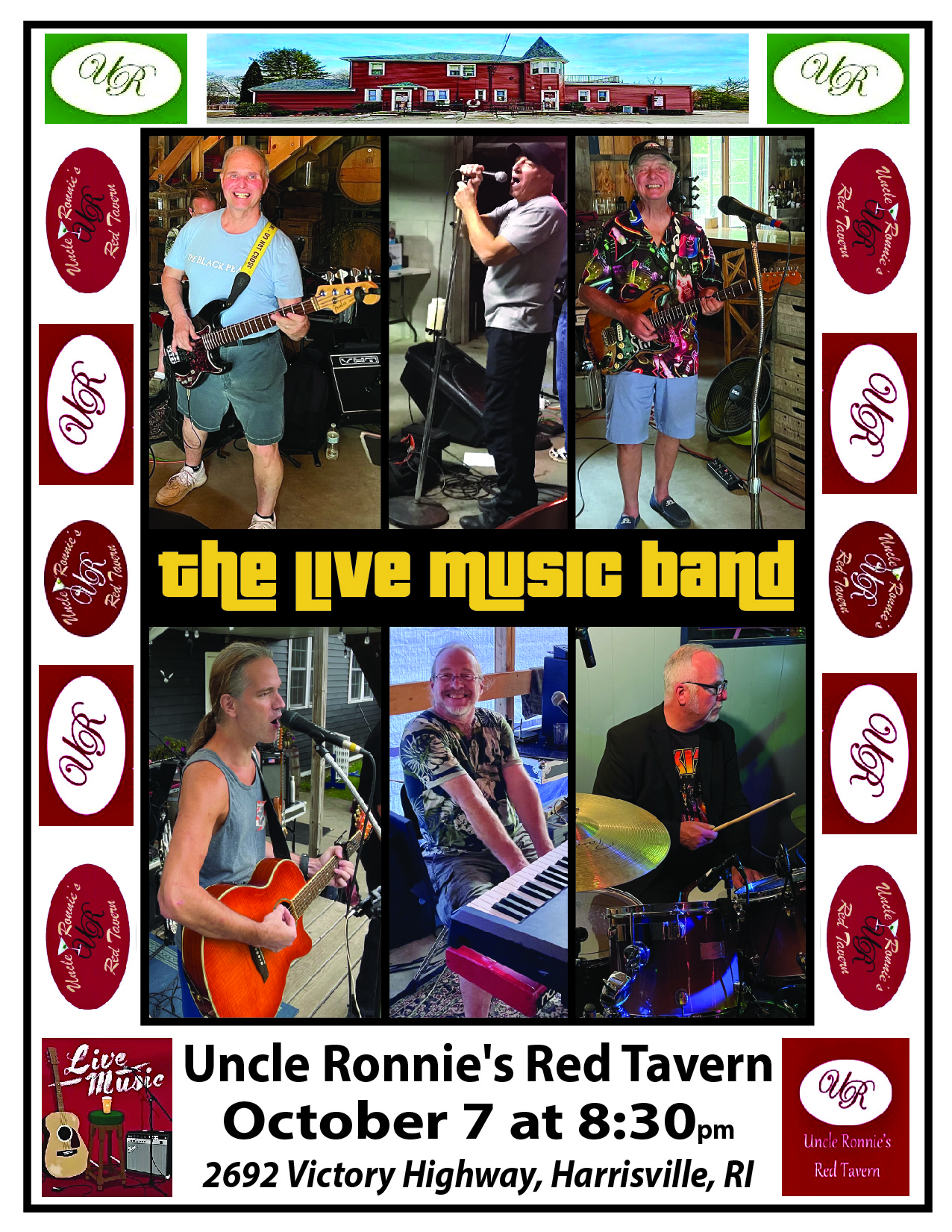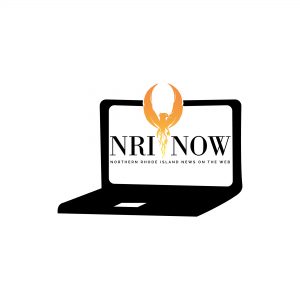BURRILLVILLE – This Saturday, they’ll take their first tentative steps into Levy Rink, 50 or more newcomers to the program, some as young as two years old.
Ten weeks from now, if the group of dedicated parents and coaches with the Burrillville Junior Hockey League have it their way, the boys and girls enrolled in the Learn to Skate program will leave feeling confident on the ice, with new skills learned and friendships formed.
Established in the early 1950s, BJHL boasts one of the longest-running youth hockey leagues in the country, teaching generations of kids from northern Rhode Island how to take to the ice.
“It can be challenging to get them all to listen to you,” said Learn to Skate Coordinator Brenden Shea. “We try to keep it a lot of fun.”
One of several skate programs offered by the league, Learn to Skate is for children who have never skated before, or who have very limited skating experience. Most new skaters are between the ages of 3 and 8, but younger kids are also welcomed. Shea’s own son, he notes, started skating at 20 months.
“It really depends how quick they’re walking,” Shea said, noting not all kids at that age have the needed ankle strength.
Students start off leaning on crates and soon after, “they’re able to move pretty good,” according to the coordinator, who joined the board of the non-profit league this year.
“It’s impressive to see how quick they learn,” he said.
Shea notes that while the focus is to get the group skating, the kids develop other skills as well, from socialization, to listening in a group setting.
“There’s a lot of kids involved, so they really need to focus,” he said.
As muscles unique to skating begin to strengthen, so too do the attachments skaters form with their peers.
“They’re creating friendships on the ice,” Shea said.
But first, he noted, many of the young would-be athletes must overcome their fears – and often frustration.
“You teach them how to walk with the skates on,” said Shea. “There definitely is a learning curve.”
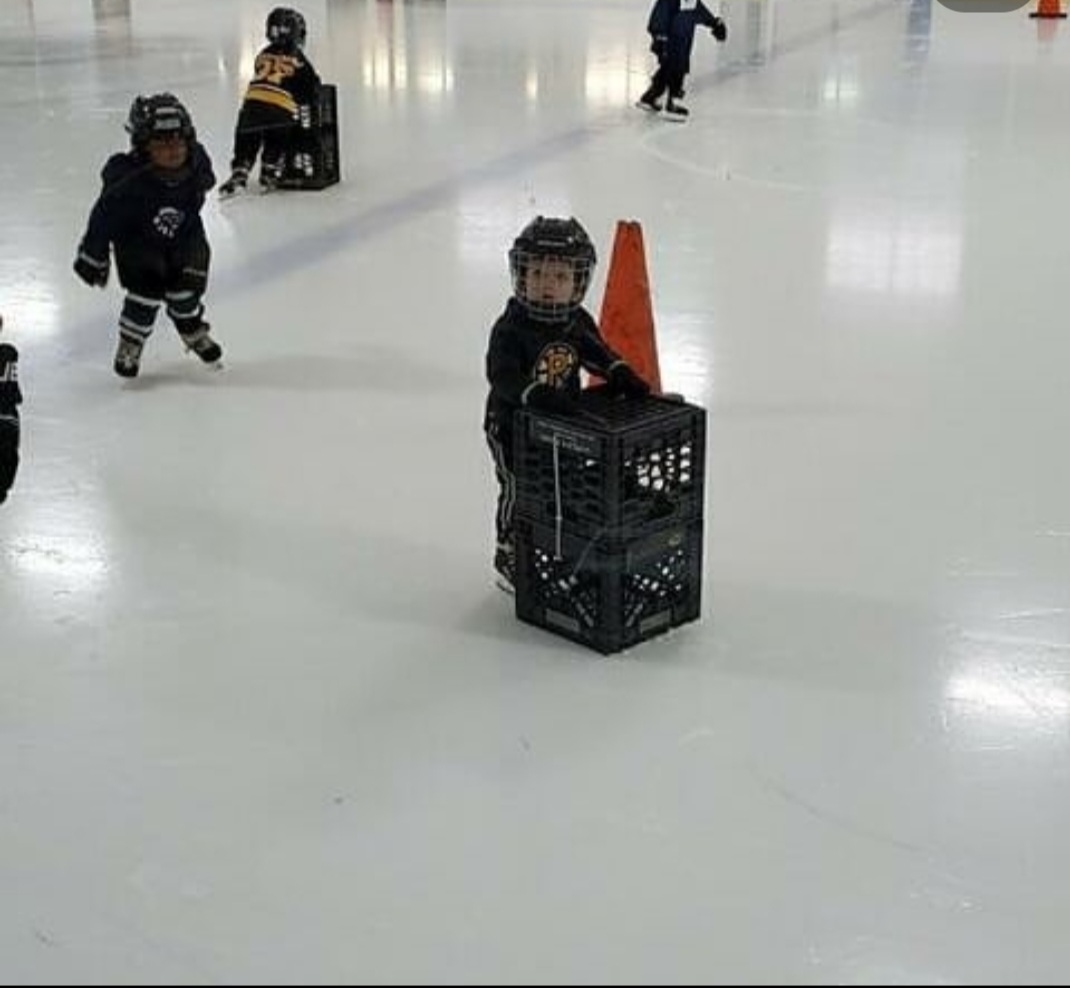
It seems even experts with years of teaching under their belts can’t avoid at least the occasional breakdown, especially in the session’s emotional first three weeks. When it happens, Shea says, “I try to talk to the kid and get on their level. It’s successful… sometimes.”
A skate parent turned teacher himself, like most involved with the organization, Shea said that with the right combination of persistence and understanding, parents can generally overcome the obstacles.
“I find that the parents who keep trying without being forceful are successful,” he said.
The league welcomes parents on the ice to help out – but only after background checks and a series of free classes that can be completed online at home in around an hour. Some kids, Shea notes, may be more comfortable learning with their parents – but not all of them.
“Some kids don’t respond well to the parents,” he said.
Unfailingly, the hardest part comes when it’s time to let go of the crate.
“We call it a crutch,” Shea said. “You need to remove the crutches and allow them to fall.”
The teachers, he noted, know how to identify when the skater is ready, and often must work incrementally moving that “crutch,” away a few feet at a time.
“Eventually, they realize they don’t need it,” he said. “Competition also helps.”
The co-ed program runs through U19, and many of the Learn to Skate graduates will transition into a Learn To Play hockey session.
Asked why the long-running program is so successful, Shea immediately points to the dedication of the parent volunteers.
“It’s a lot more work than I thought it was,” said Shea, a relative newcomer to the decades-old organization. “It takes a lot of coordination from everyone.”
And it’s not just a cold-weather effort.
“We do stuff year-round because we’re always preparing for the next season,” Shea said, noting that league President Mark Palmer is highly knowledgable – and still plays the sport himself.
“We are one of the longest running non profit volunteer run organization in the country,” said Booster Club Director Kristen Moore.
The fall Learn to Skate session kicks off at 9 a.m. this Saturday, Oct. 8 and will continue every Saturday and Sunday, at 9 a.m. and 3 p.m. respectively, for the next ten weeks. Parents can choose to have their skaters attend just one day/session for $120 or both for $200.
Space for new skaters is still available in the upcoming session, and another will begin in January.
To learn more about the program and league, or register, visit https://www.bjhl.org.
